The kite is an exquisite bird of prey and one of my personal favorite birds. Associated throughout the world with a variety of positive and negative meanings, ranging from thievery and vermin to divinity and motherhood, the kite is breathtaking in the air and unmistakably intelligent and social when observed in pairs or family units. There is much more to say about the incredible kite, so let’s waste no more time on the preamble!
Kite Symbolism and Meaning
Kites are stunning members of the hawk family who are often seen hovering over grasslands, much like the toy of the same name, especially during the hours of sunrise and sunset. They are surprisingly sociable and often roost in large colonies. Some kite species are migratory whilst others maintain the same territory throughout the year. In any case, the kite is an often overlooked beauty within the Accipitridae family. (1)
Kites are often associated with thieves, perhaps due to the scavenging behaviors of certain kite species. In reality, though, scavenging kites do much more good than harm and have been found to keep streets clear of rotting debris. So, kites may be interpreted as representing criminality, but they may also represent cleanliness, helpfulness, sociability, or someone who is misunderstood. (2)
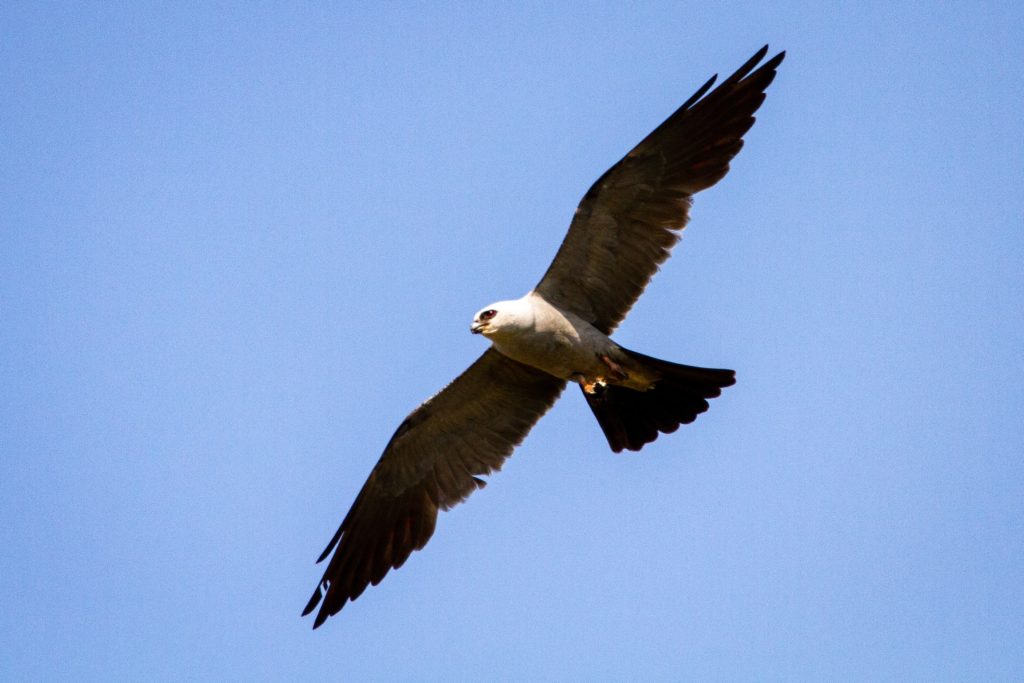
I have often observed White-tailed Kites hovering low over fields with their legs outstretched to snatch up prey and their sharp cry ringing through the air. The kite can represent vision, acuity, focus, and skill.
Kites are very defensive of their nests and their nesting behaviors involve a few unique and fascinating quirks. Mississippi Kites are known to build nests near or containing wasp nests. It is thought that the wasps protect the vulnerable young kites from predators. Additionally, most raptors experience violent sibling rivalries. Kites, though, are cooperative and peaceful with their siblings and may preen them from a young age. (3)
Kite Native American Symbolism
Kites, hawks, and eagles are representative of protection, strength, courage, dreams, medicine, and wisdom in many Native American cultures. (4)
Kite Celtic Symbolism
In much of the European world, including regions inhabited by Celtic cultures, Kites have been thought of as vermin. This is due to a number of things including scavenging behaviors and a misinformed belief that kites could threaten livestock. As a result, several European regions have seen Red Kites reduced to extinction or near-extinction. Due to relatively early intervention by Welsh conservationists, the Red Kite has been preserved in Wales and from Wales has managed to make a comeback in the United Kingdom. In 2007, a poll chose the Red Kite as the favorite candidate for Wales’ very own national bird. (5)
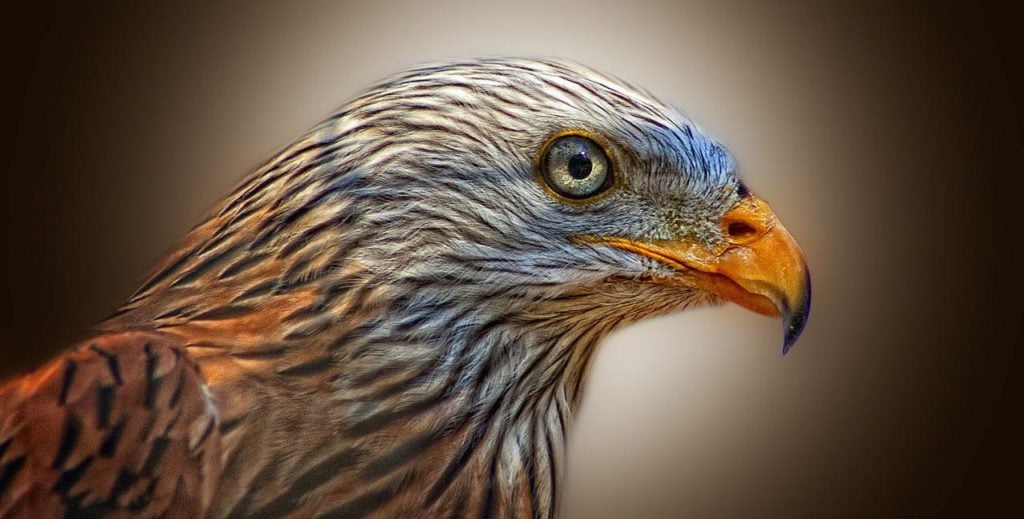
Kite in Dreams
Dreaming of a kite often represents one’s goals and the path one has chosen. The kite may not be the largest or strongest of raptors, but they are excellent hunters with keen vision and excellent focus. Dreaming of a kite soaring through the sky may indicate the importance of flexibility or patience in the days to come. Kites follow the flow of air currents until the perfect moment to descend upon their catches.
Kite dreams may also represent family and a desire to build and protect one’s own home.
Kite Encounters and Omens
A kite encounter indicates a spiritual message that one needs to receive in order to grow. The kite is a striking animal whose appearance in one’s life encourages awe, appreciation, and introspection. Upon encountering a kite, one should be grateful and allow the universe’s message to guide them onto the right path.
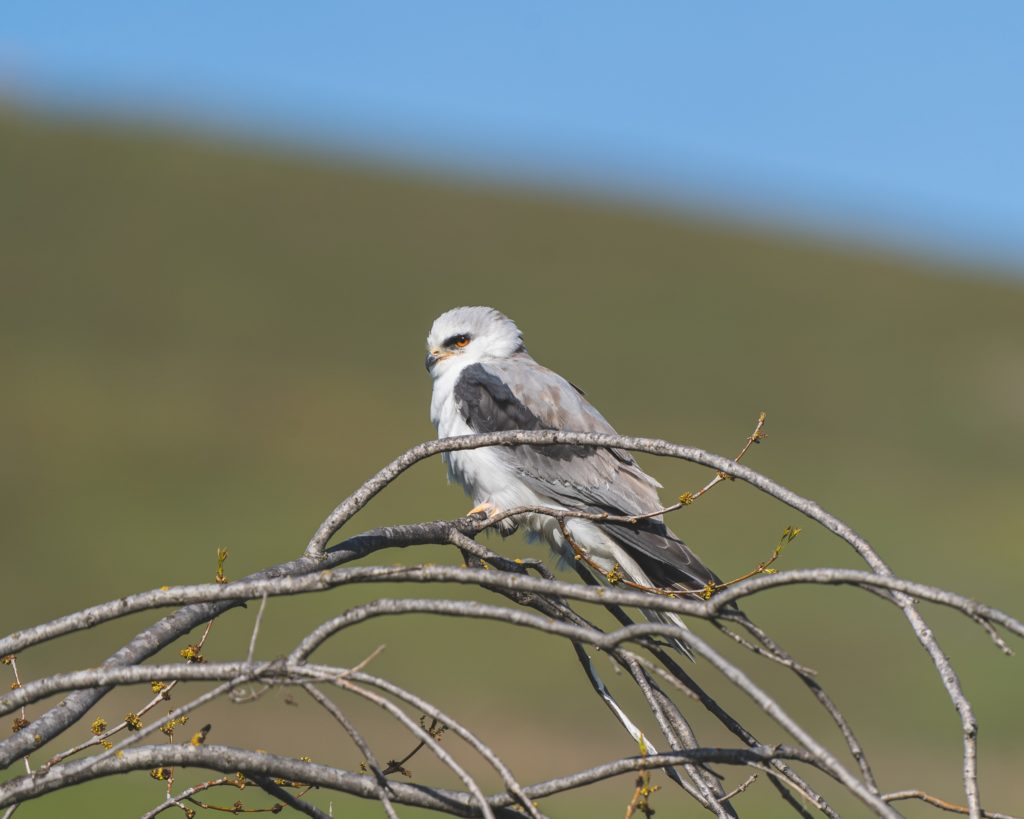
Kite in Mythology & Folklore
In mythology all around the world, kites are abundant. The following are just a few of the more significant or interesting instances of kites in folklore, myths, and stories.
Native American Mythology:
Birds of prey are, in general, associated with courage, protection, might, and wisdom amongst many Native American tribes. Kites, as members of the hawk family, “Accipitridae,” can be understood by examining some of the many hawk related myths throughout Native American cultures. (6)
The story of White Hawk and the Star Maiden is one such hawk myth. I want to quickly note that very few hawks with primarily white plumage are found in North America, however the most commons kite species are predominantly white in color. I find it plausible that White Hawk refers to a kite species. In this story, White Hawk is an exceptional hunter who finds something mysterious during one of his hunts. This mysterious object is a basket inside of which twelve singing sisters descend from the heavens each day to dance. White Hawk is immediately enamored with the youngest sister and eventually tricks and captures her. As his bride, the young maiden from the sky grows to love White Hawk and the two produce a son together. One day, though, the maiden decides to take her son up to the heavens to meet his grandfather, the chief of the stars. The two are gone for a very long time, and White Hawk is quite distraught to be separated from them. In time, though, they return from the heavens and inform White Hawk that the chief of the stars wants him to join them in the sky and to bring as many animals with him as possible. So, White Hawk hunts every animal that he can and brings a piece of each into the sky. There, the chief of the stars is so pleased that he allows everyone in attendance to choose one animal part from White Hawk’s catch. Those who choose fur or claws ae instantly transformed into the animals they chose and descend to earth. White Hawk and his family each choose a white hawk feather. In the form of white hawks they soar through the skies never to be parted from each other again. (7)
Hindu Mythology:
According to Hindu mythology, the Brahminy Kite is an especially significant animal. This bird is often though of as the same creature as the “Garuda.” The Garuda is the sacred vessel of the god Vishnu and is a very important sacred symbol within Hindu cultures. (8)
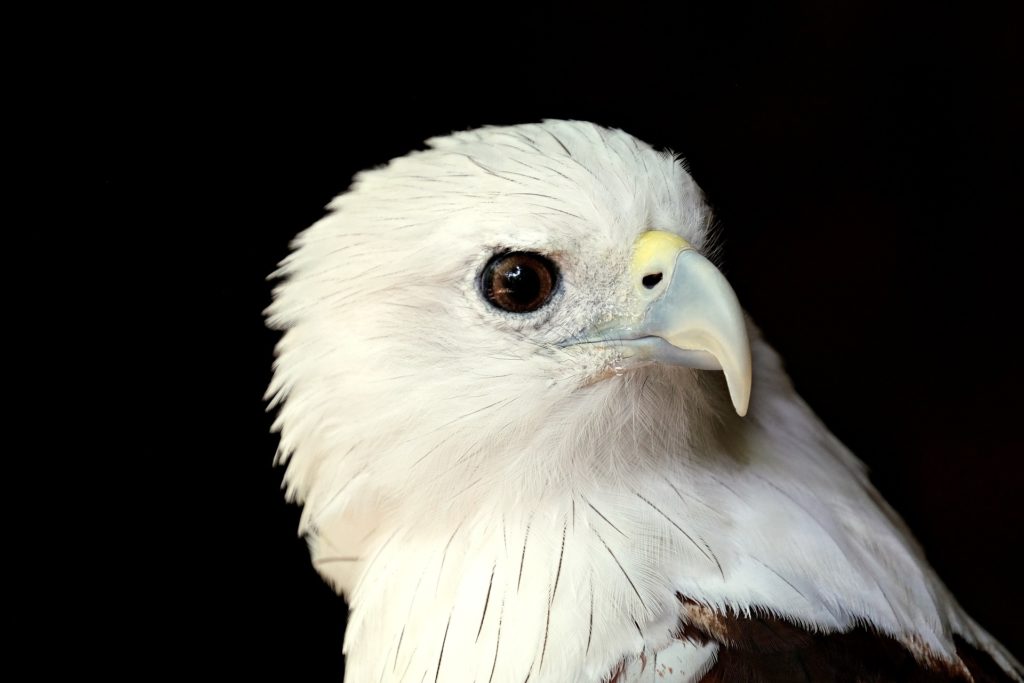
Egyptian Mythology:
According to Egyptian mythology, the kite is one of the forms that the goddess Isis sometimes takes. Isis is the mother goddess of the Egyptian pantheon. Born from the union of the gods of the earth and sky, Isis fell in love with her brother, Osiris, who became king of the Egyptian gods. When Osiris was murdered and dismembered by their other brother, Seth, Isis searched the earth for each remaining piece of her lover. Using her powerful magic, she revived him and together they created an heir. (9)
Osiris came to rule over the kingdom of the dead whilst their son, Horus, ruled the world of the living. Horus is frequently associated with birds of prey and is often depicted as a falcon or as a man with a falcon’s head. As for Isis, she is often depicted with wings which encircle and protect the people of Egypt. It is said that she took the form of a kite when she traveled the earth searching for the scattered remains of Osiris. The cry of certain kites sounds somewhat mournful. This mourning cry is sometimes associated with the anguish Isis felt when her lover was slain. (10)
Through its association with Isis, the importance of the kite cannot be overstated. Isis is one of the principle deities of Egypt and through cultural exchange has become an almost universal symbol of fertility, regality, and divinity. Versions of Isis have been worshipped in Greece and Rome and through this have influenced the cultural progression of much of the Western world, alongside the civilizations which initially worshipped her. (11)
Japanese Mythology:
According to legend, Emperor Jimmu, the very first emperor of Japan, was assisted by a majestic golden kite. Emperor Jimmu battled the fearsome Nagasunebiko in order to found his nation and make the world a better place to live. In his final bloody battle with his enemies, Emperor Jimmu was up against an impossible struggle. Suddenly, the sky became completely dark. A shining golden kite appeared in the sky over the battlefield and led Nagasunebiko astray so that Jimmu could finally end their battle. It is said that this kite was sent by the gods, perhaps even by the sun goddess from whom Jimmu had descended. (12)
The image of the golden kite is often associated with the Order of the Golden Kite. Membership into the Order of the Golden Kite was awarded for bravery and leadership within the Japanese military. The order became an established award in 1890 but was abolished in 1947 by Allied forces after the conclusion of World War II. (13)
Greek Mythology:
Several of Aesop’s Fables feature the kite. Aesop’s Fables are a collection of short tales, mostly featuring animal characters, which demonstrate important moral lessons. The tales are attributed to an ancient Greek slave named Aesop, however many believe that these stories date back even farther as an oral tradition.
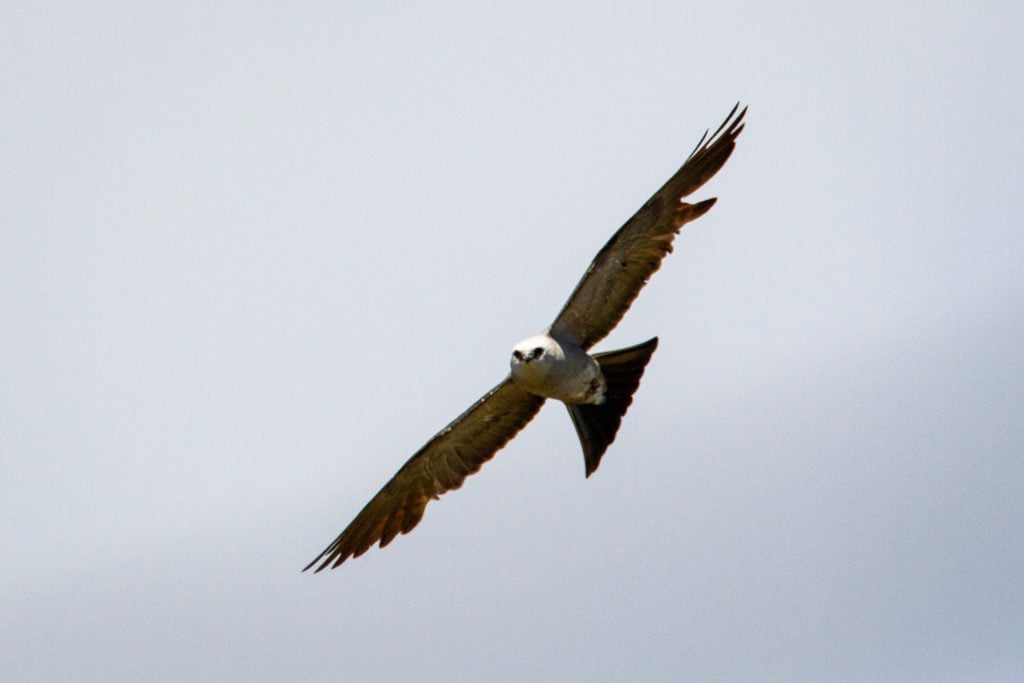
One of the fables which features the kite heavily is the story of The Sick Kite. In this story, a kite which is very ill begs his mother to pray for him altars of the gods so that they might provide him with the blessings necessary to escape death. His mother scolds him and reminds him that the gods would not be interested in helping someone who has spent his days pilfering offerings from those very same altars. The moral of this story is to be kind when you are not in need of help if you intend to rely on the support of others when misfortune comes for you. (14)
Another kite fable is that of The Kite and the Pigeons. In this story, a group of pigeons are desperate for relief from the vicious kite which has been attacking and devouring them. So, the pigeons retreat to their loft to hide. Frustrated, the kite calls out to the pigeons and explains that they would have nothing to fear if only they would name him as their king. Then, the kite could live in their loft and protect them from predators. Convinced, the pigeons welcome the kite inside where he immediately begins eating his fill. An alternate version of this story begins with a kite attacking the pigeons and the pigeons asking a hawk to join and protect them. In any case, trusting a bird of prey was a fatal mistake for the pigeons. The story’s moral warns against seeking protection from the same forces which threaten you. It is also a powerful political allegory which highlights the very real dangers of predatory leaders which act against the interest of the people. (15)
Finally, Aesop’s Fables includes the tale of The Eagle and the Kite. In this story, a young kite happens upon a beautiful but melancholy eagle. When the kite asks her why she seems so forlorn, the eagle explains that she wants to be married but cannot find a single bird who can provide for her well enough to be her mate. The kite insists that he can provide whatever she needs. He even tells the eagle that, for her love, he could catch them an ostrich for dinner. The eagle happily accepts his offer to become her husband and provider. On their first day of marriage, though, all the kite could catch was a single measly mouse. Frustrated and hungry, the eagle asked where her ostrich dinner was. The kite admitted that he would have said whatever the eagle wanted to hear just to earn the chance to marry her. This story reminds us that for the sake of love, people will do or say outlandish things! (16)
Kite Spirit Animal
If your spirit animal is the kite, this indicates that you are ambitious, loving, intelligent, focused, and reserved. The kite is devoted to its nest and its young, but soars above other birds. So, the kite spirit animal is usually found in introverted people who form deep relationships with their closest loved ones.
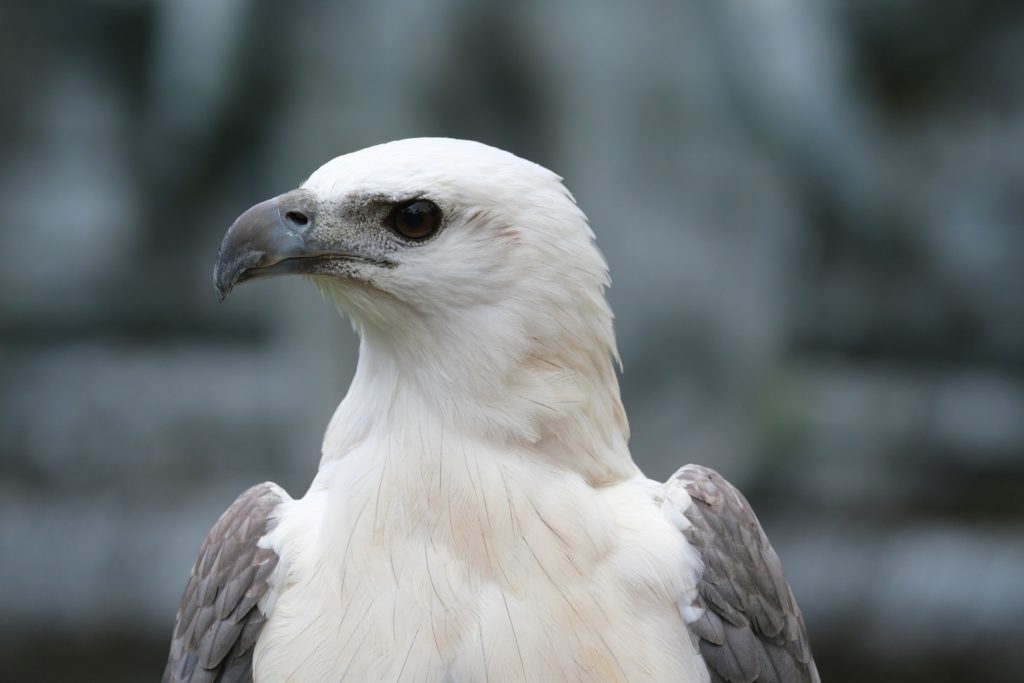
Kite Totem Animal
The kite totem animal is associated with introspection, healing, and dreams. People with this totem animal have rich inner lives and spend much of their time deep in thought. For people with the kite totem animal, exploring one’s own inner self is as fulfilling as any other adventure. People with this totem may be prone to lucid dreaming.
Kite Power Animal
The kite power animal is associated with fertility, motherhood, and creativity. The kite has the power to build connections and maintain harmony. People with the kite power animal are fiercely protective over their loved ones and are often drawn towards parenthood. They are often creative in their hobbies and in their professional lives, but often see the family as the ultimate act of creation.
Kite Tattoo Meaning
A kite tattoo may represent vision, focus, or skill. Additionally, such a tattoo can indicate someone who feels misunderstood or mischaracterized.
For a Welsh individual, a Red Kite tattoo may be an expression of national pride. For many other cultures, a kite tattoo may be an expression of the individual spiritual significance that the kite holds within the culture in question.
Conclusion
Beautiful and fierce, the kite is one of my absolute favorite sights against the deep blue of an evening sky. Hopefully, this article has helped you to appreciate this exceptional bird as much as I do.
